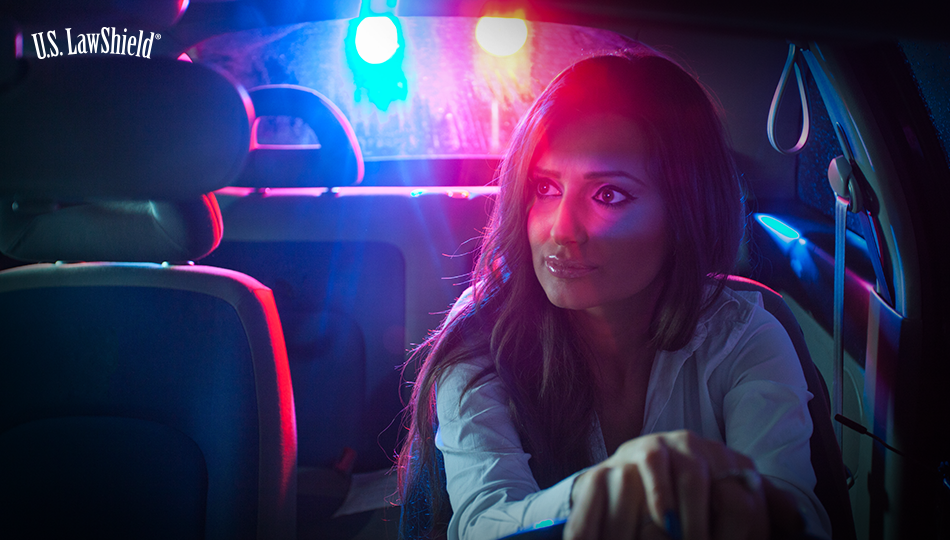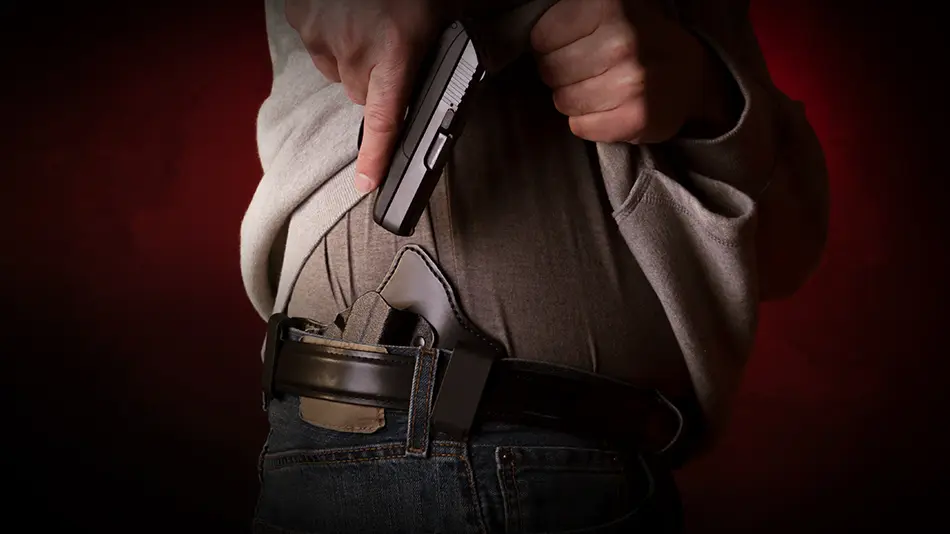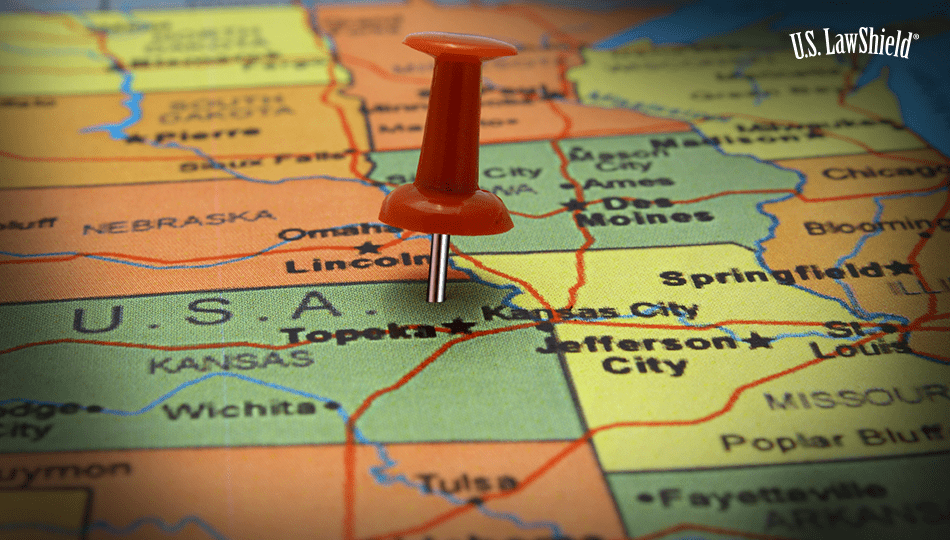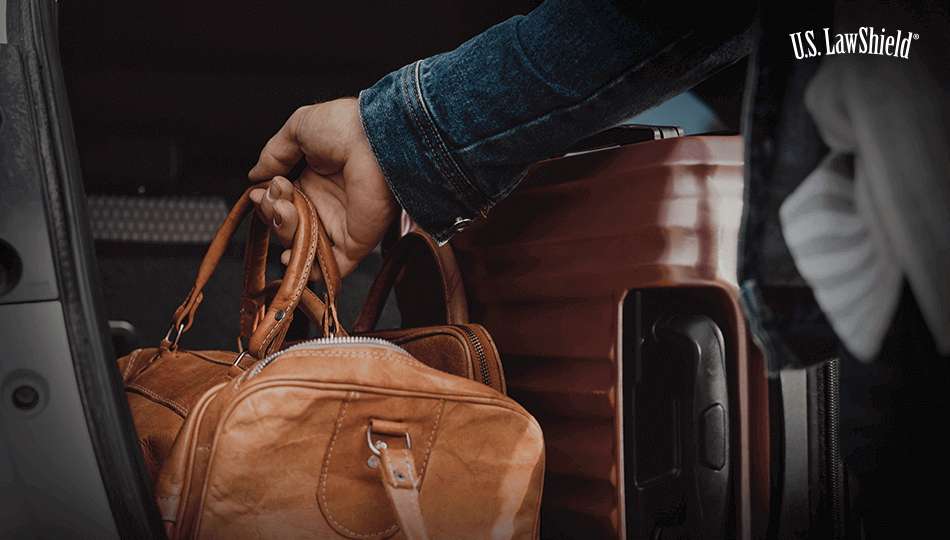
More than 670,000 U.S. motorists were pulled over in 2022, and that number is on the rise. The wrong words or actions during a traffic stop can have life-altering consequences, especially if you’re legally armed. That’s why U.S. LawShield is educating the public on how to interact with police when they get pulled over.
“Traffic stops are one of the most common encounters that people have with law enforcement,” said Kirk Evans, president of U.S. LawShield. “Educating yourself on what steps to take at every traffic stop helps keep you safe and lets the police officer know you are being compliant. Knowing your rights as well as your responsibilities under the law is incredibly important. Some states require you to notify law enforcement that you’re armed at the beginning of the traffic stop, while other states require that you only disclose that information if asked directly. Knowing these laws prior to getting pulled over is crucial.”
U.S LawShield recommends the following traffic stop best practices to keep yourself safe:
- Turn on your turn signal or hazard lights. The first thing you should do when you notice flashing lights from a police car is put on a turn signal for the direction in which you plan to pull over. This alerts other drivers and lets the police officer know that you are complying. If it is not safe to immediately pull over, turn on your hazard lights to let the police officer know you will get over as soon as it is safe to do so.
- Put your car in park or turn off the car completely. This lets the police officer know that you aren’t going to try and speed off.
- Make yourself visible. Lower the front windows. Lower all the windows if they are heavily tinted. Turn on the interior lights if it’s dark out.
- Place your hands visibly on the steering wheel as the police officer approaches.
- Before reaching into your glove box or console to retrieve your proof of insurance or driver’s license, inform the officer of where the items are located and follow the officer’s directions.
- Drivers who transport handguns in their vehicles are encouraged to keep them in a separate location from license and insurance documentation.
- If you have your concealed carry permit and are legally armed, consult an attorney in your home state so that you know the laws prior to getting pulled over. However, most states advise you to let the police officer know immediately if there is a firearm in the vehicle.
- Follow the police officer’s instructions.
- Return to the road safely. After the police office says it’s alright to leave, buckle your seat belt and carefully merge back into traffic.
The information provided in this publication is intended to provide general information to individuals and is not legal advice. The information included in this publication may not be quoted or referred to in any other publication without the prior written consent of U.S. LawShield, to be given or withheld at our discretion. The information is not a substitute for, and does not replace the advice or representation of a licensed attorney. We strive to ensure the information included in this publication is accurate and current, however, no claim is made to the accuracy of the information and we are not responsible for any consequences that may result from the use of information in this publication. The use of this publication does not create an attorney-client relationship between U.S. LawShield, any independent program attorney, and any individual.




